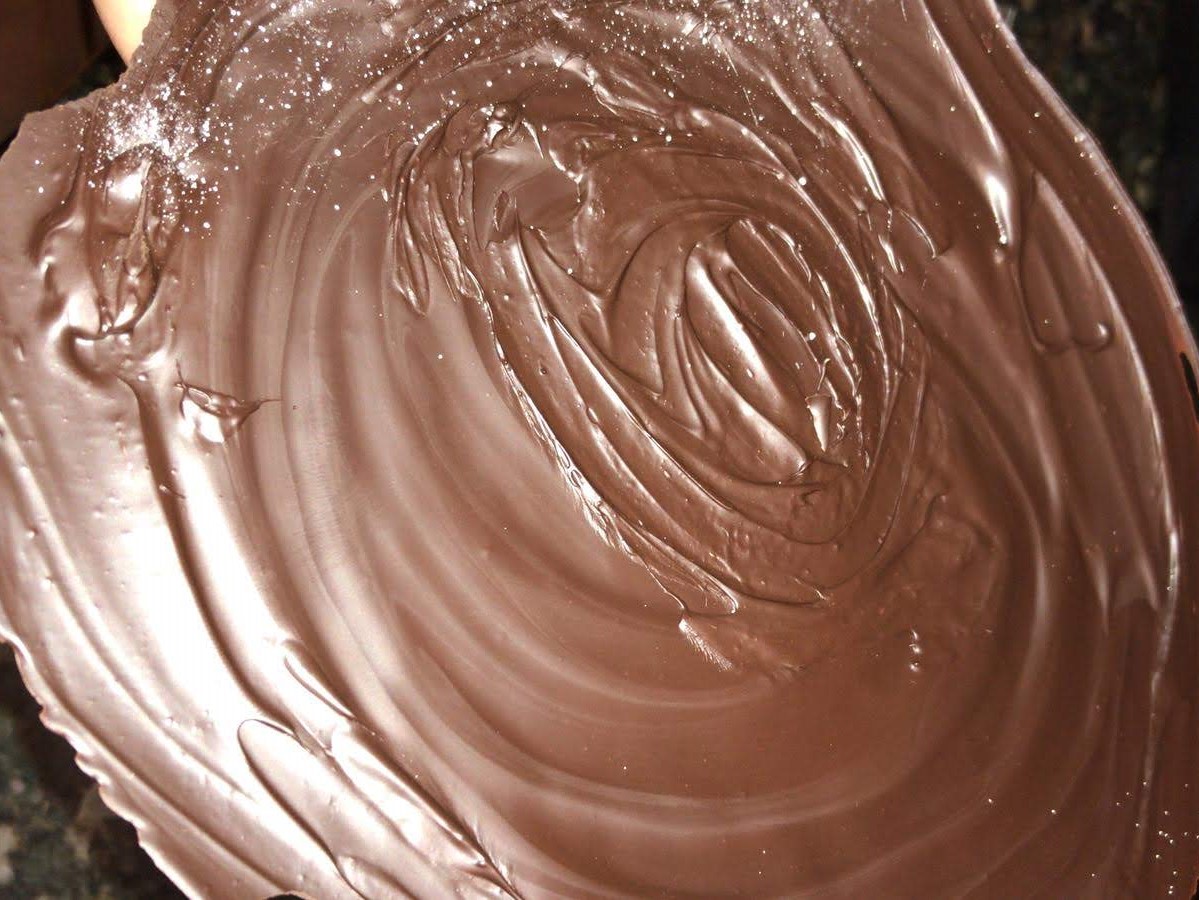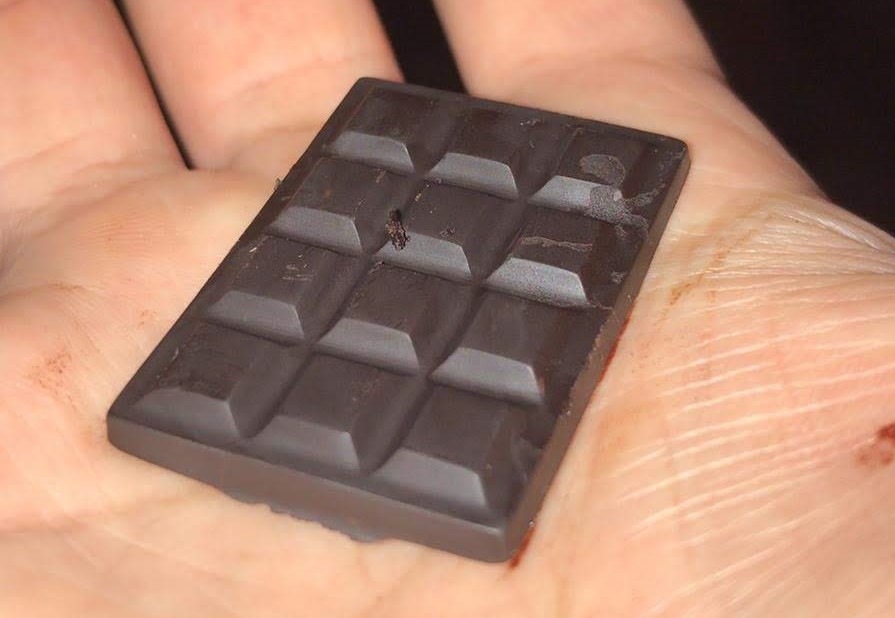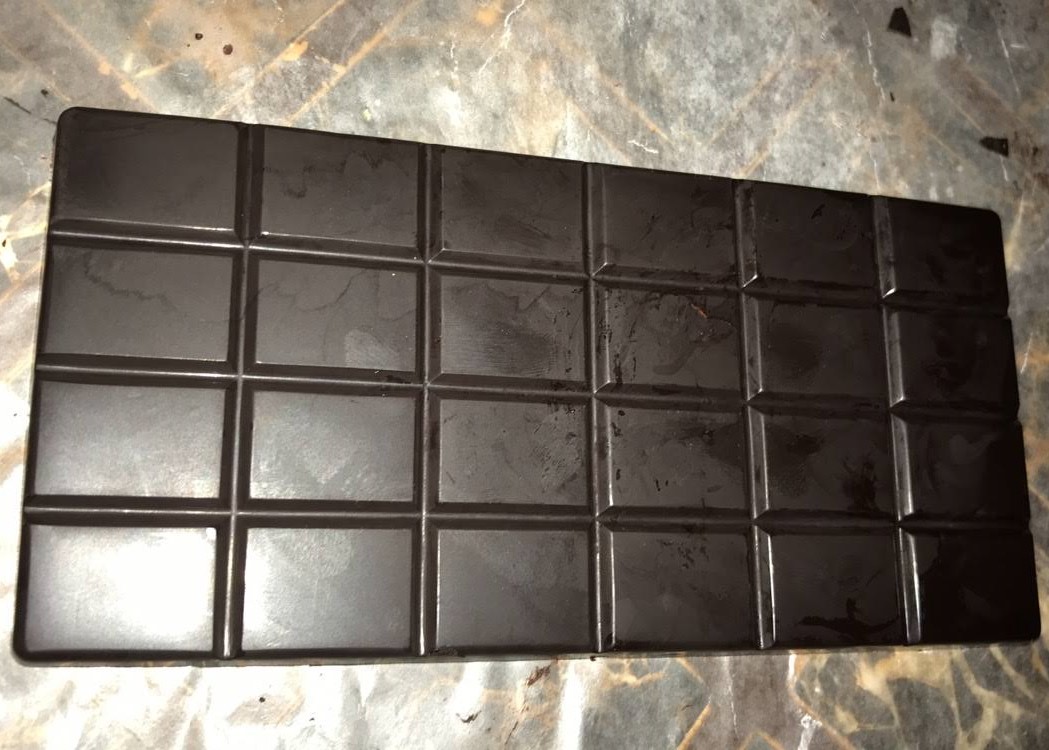Chocolate
It's pretty great
We can agree on that, right?
Near the end of 2018, I realized I knew almost nothing about this universally loved food. I thought for a moment, and tried to retrieve everything I knew on the subject.
- It's produced using cocoa beans. Or is it cacao?
- Wait, are those two different things?
- Either way, it has some sort of history in South America
- Usually prepared with sugar and milk
This was about all I could come up with. Off to Google we go.
Condensed learnings
As briefly as possible:
- It was historically consumed by a number of populations — mostly in Mesoamerica.
- Humans have been hopelessly addicted to this stuff for nearly 4,000 years (strangely comforting).
- What we think of as "chocolate" is primarily roasted cacao mass, which is the ground form of cacao nibs (de-shelled cacao beans)
- Cacao beans are the seeds found in the fruit of the Cacao Tree (Theobroma cacao).
- Cacao mass is comprised of cacao butter and solids. These are the two core components that can be extracted and recombined in varying proportions to prepare different types of chocolate.
Here's what cacao fruit looks like:

The mighty chocolate bar
It's probably what you think of when someone says "chocolate," and for good reason. Oh, but creating it is not as simple as you might think. It requires a process called tempering, which is the method of coaxing chocolate into crystalizing in specific structure (known as form V). While at room temperature, well-tempered chocolate is glossy, rigid, and offers a sharp snap when broken. Tempered chocolate loses its structure at around 92 degrees, which is why it's solid on your counter, but melts in your mouth (convenient!).
If your chocolate is untempered (essentially, any structure other than form V) it won't have these qualities — but rest assured that it is still chocolate, and is still edible (though chocolate connoisseurs may claim otherwise).
Now, there are a few methods you can use to temper chocolate, including using a tempering machine. The most practical option for me was the "seeding" method, which involves a series of controlled temperature changes made to the mixture, and the introduction of pre-tempered (form V) chocolate to "encourage" the mixture to follow suit.
Trial and error
What worked best for me was using a 5:5:4 ratio of cacao butter to cacao powder to sugar (measuring mass, not volume). For example, a mix I would frequently use was 65g cacao butter, 65g cacao powder, and 52g powdered sugar.
- After combining these ingredients in a mixing bowl, set it over a pot of boiling water (effectively creating a double-boiler), and stir the mixture while measuring its temperature.
- Ideally, temperature should slowly rise to about 115 degrees fahrenheit. This 'clears' any crystals that may have already formed.
- Next, let it drop down to 82 degrees, before pulling it back up to 91 degrees. Upon reaching 91, we want to drop in our 'seed' chocolate, remove from heat, and stir as the mixture cools.
- After a few minutes of stirring, pour the mixture into your mold and let it set.
Issues I experienced
- Substituting cacao butter
- I didn't know during my first attempt that only cacao butter is capable of tempering. Other fats, like coconut oil, definitely don't work (despite what some articles may suggest). As a side note: isn't it fascinating that only cacao butter — the fat of the cacao bean — is exclusive in its ability to temper?
- Condensation
- Even the slightest bit of moisture can cause your chocolate to seize, and require significant effort to recover. I made the mistake of not drying the side of the bowl, which resulted in water dripping onto the mixture when pouring out of the bowl.
- Ingredient ratios
- Cacao butter is our more expensive ingredient, and it may be tempting to skimp. Resist the urge — it'll be worth it!
- Insufficient sugar
- I've always had a preference for extra dark chocolate. This likely caused my foolhardy restraint in adding sweeteners in my first few trials. In one case, I ended up adding powdered sugar afterwards as a last-ditch attempt at damage control (see image below).
- Granular artificial sweeteners
- I tried using aspartame initially, but it was extremely coarse and responds poorly to heat. Sucralose proved much more suitable.
The finished product


